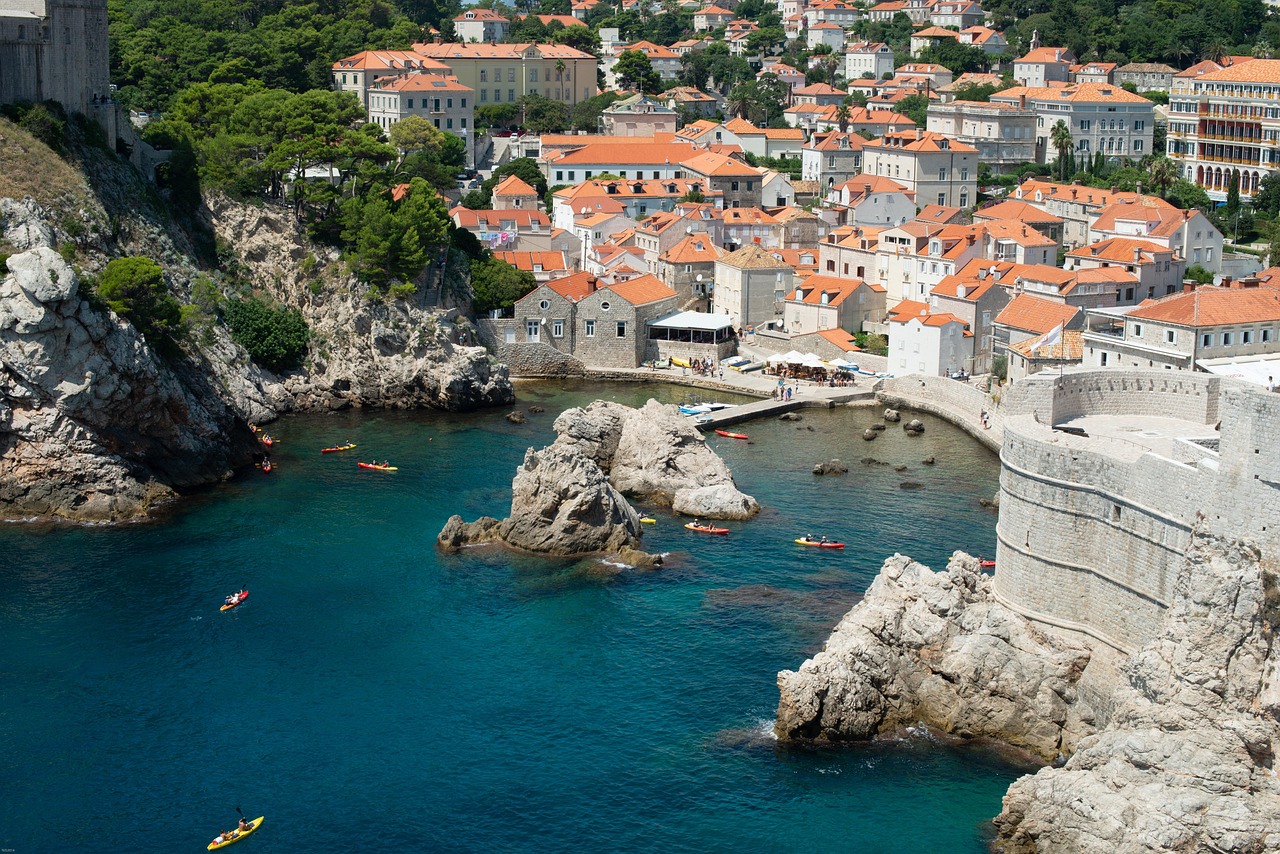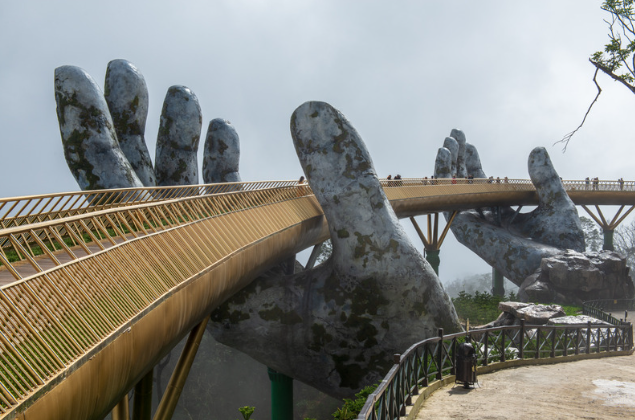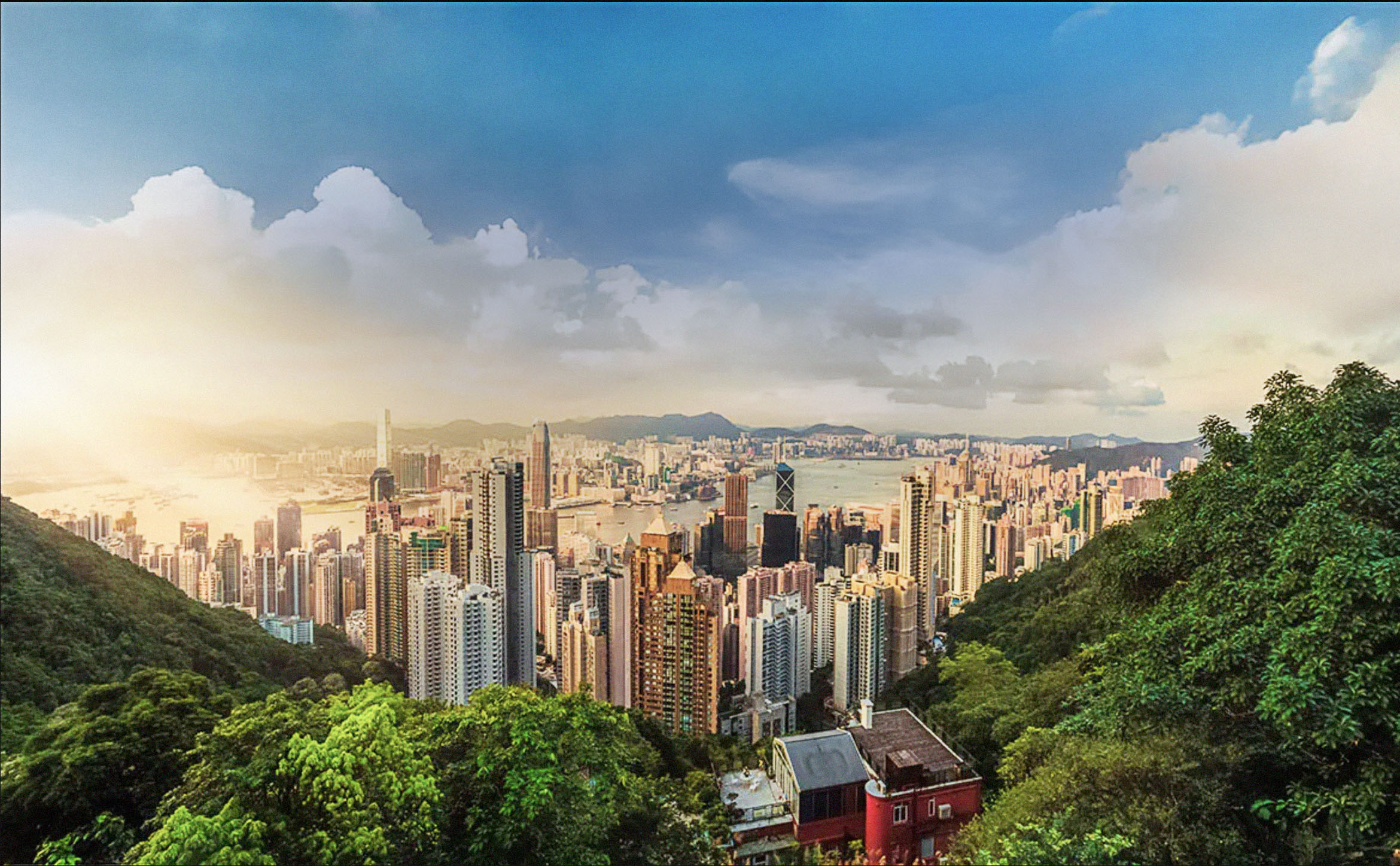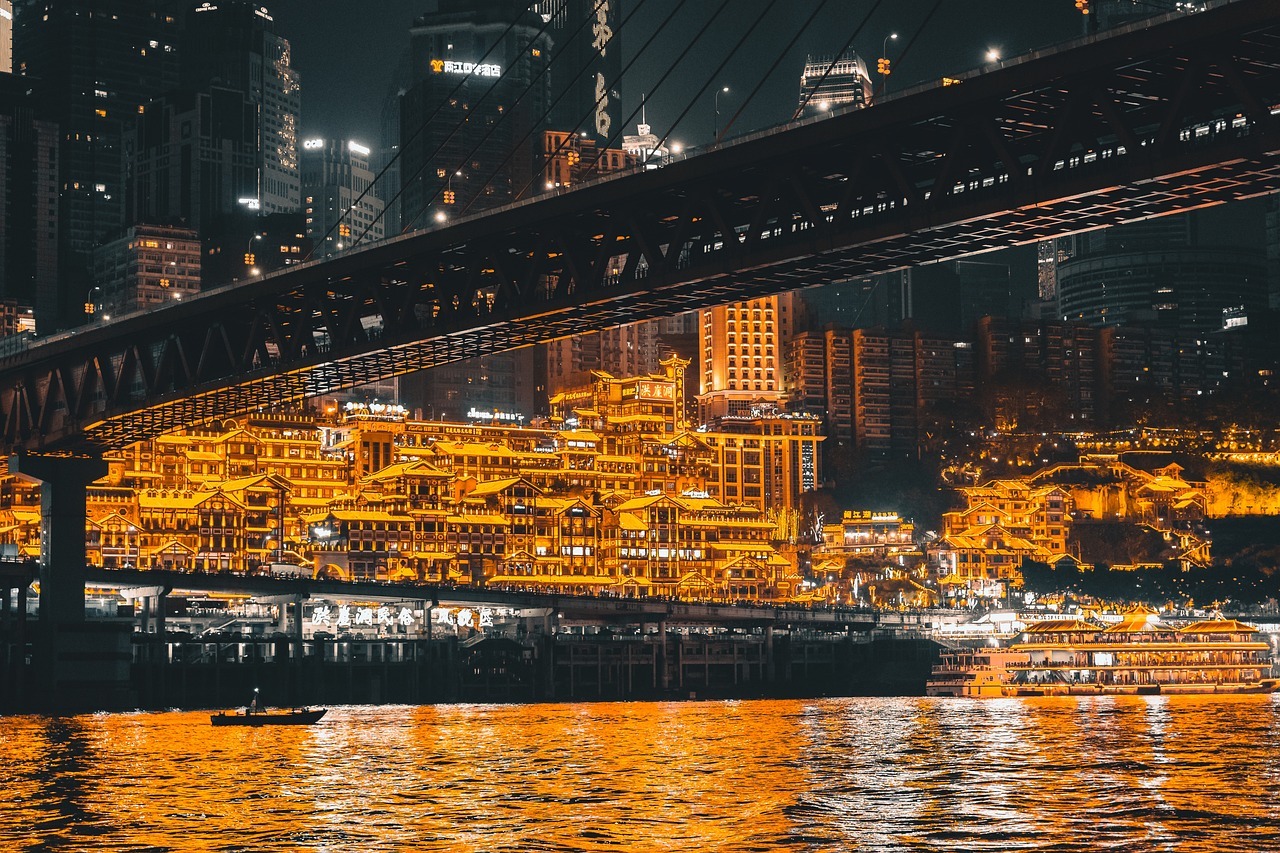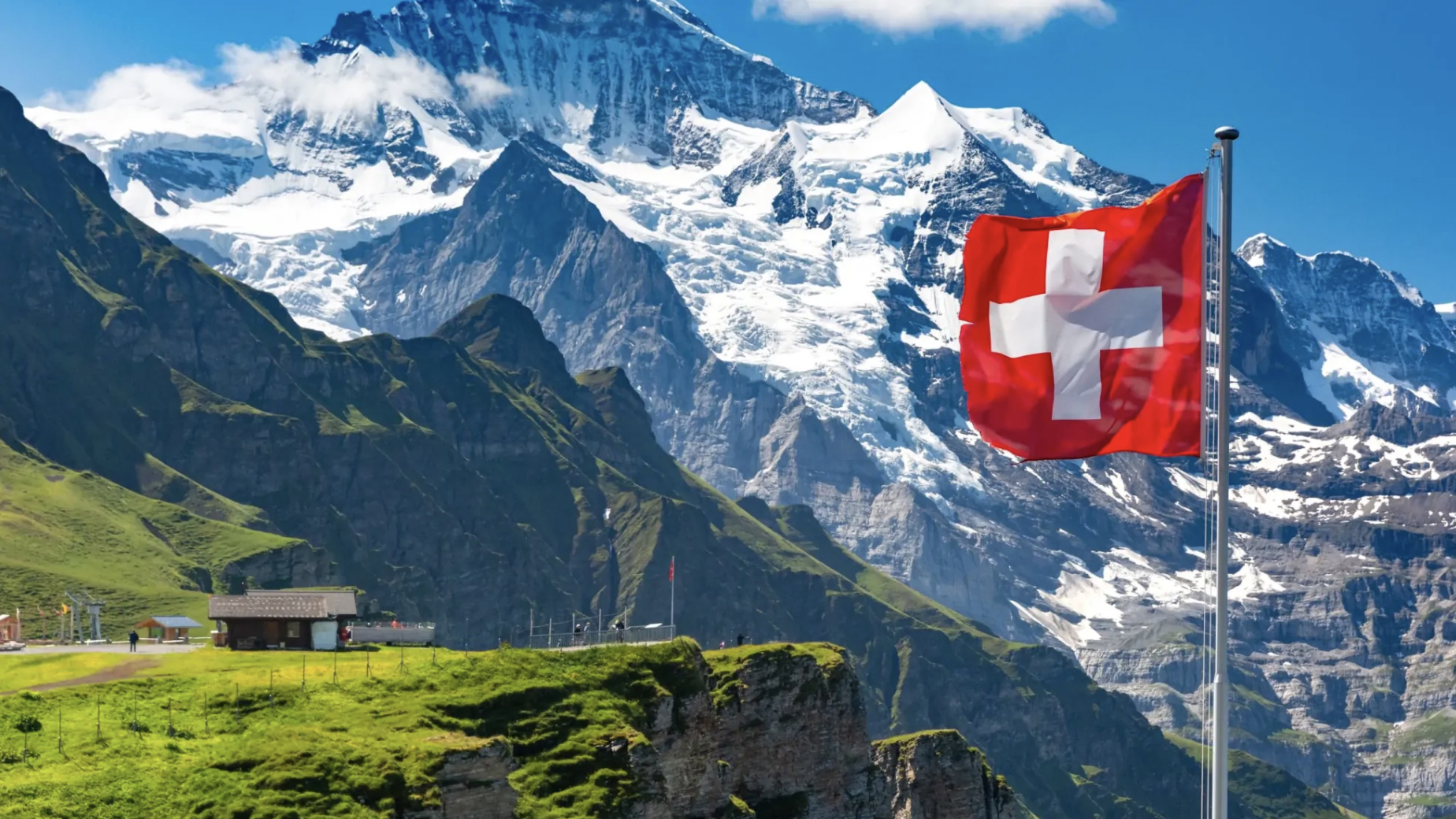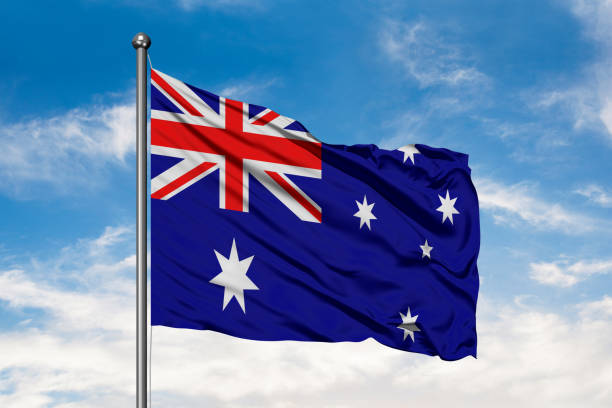10 LANDMARKS THAT BANS SELFIES!
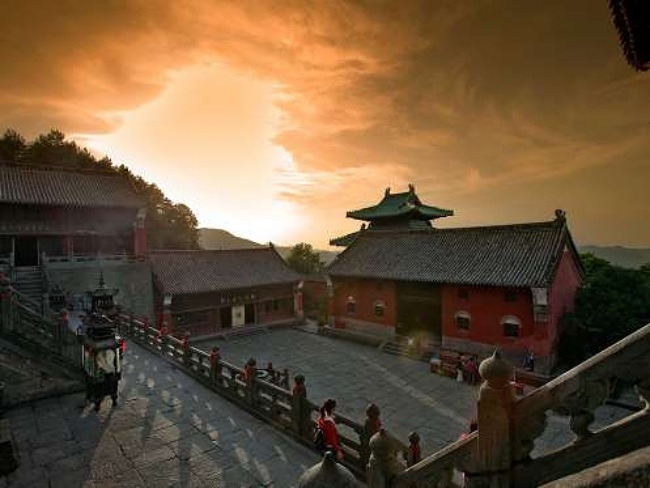
The Palace Museum, Beijing
Known as the Forbidden City, this place is a popular tourist attraction in Beijing. It’s also extremely delicate. Thus, Chinese officials have banned selfie sticks there as it poses risk to the antiquities and also other people, particularly in crowded sections. The staff will stop visitors from using such devices when necessary.
South Korea
They have not passed any laws related to selfies yet but they’ve passes one on selfie sticks. Some sticks are required to connect to your phone via Bluetooth and that will allow personal data being compromised. The country is cracking down on unregistered knock-off selfie sticks and will now regulate them via a government agency that monitors telecom devices.
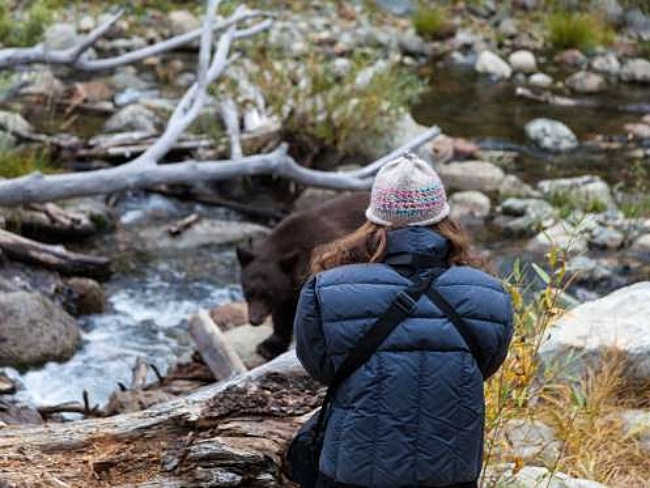
Lake Tahoe, California/Nevada
Visitors are asked to not take selfies with bears that requires them to turn their backs to the bears. It’s presenting a safety issue as in 2013, an incident took place where a couple on safari were gored by rhinos after their guide suggested they get closer to the animals for a better photo.
The Van Gogh Museum, Amsterdam
This museum, a popular tourist site, has a contentious relationship with social media and photography. The institution had a photography band, repealed it in May 2013, then re-instituted the ban in March 2014. The museum officials said that it’s causing tension between those wishing to photograph and those wishing to view the paintings.
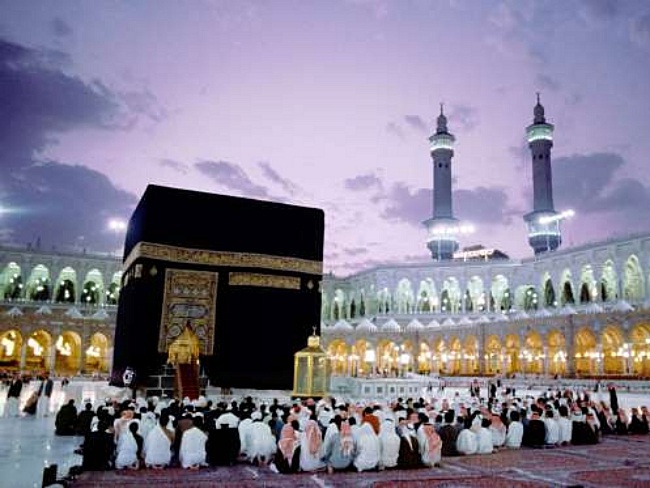
Mecca, Saudi Arabia
The hajj, a trip to the holy city of Mecca, is one of the most important requirements in Islam. The rise of technology is causing conflict as younger Muslims use social media to document their pilgrimages. Several prominent clerics and scholars have asked people to refrain from posting selfies, especially of them visiting or touching holy sites, claiming that such photos go against Islamic principles of modesty.
Sistine Chapel, Vatican City
The chapel has banned photography, including snapping shots of its famous ceiling painted by Michelangelo. This rule dated to 1980, when the Vatican raised $3 million in necessary renovation funds from Japan’s Nippon Television Network in exchange for exclusive photo and video rights to the art within. Though the ban is technically still in place but enforcement isn’t very strict and plenty of tourists have been able to snap pictures.
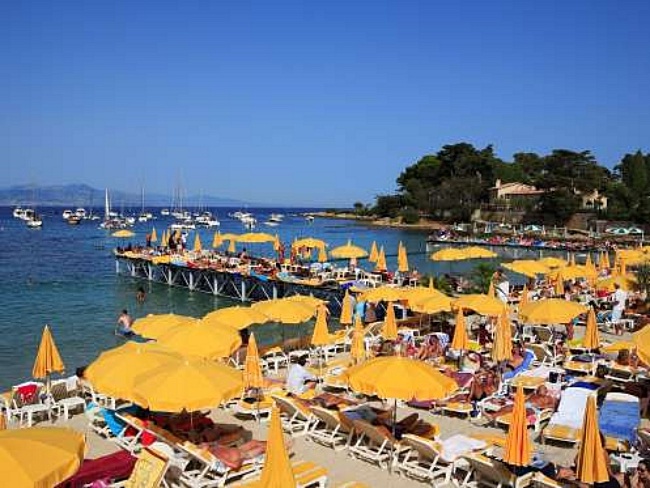
Garoupe Beach, France
Leave it to the French to treasure their exclusivity, even on vacation. The southern French beach Garoupe banned selfies, which it calls “braggies”, claiming that constant photo sharing was ruining the true beach-going experience. Apparently, they want people to truly enjoy the moment and not spending the majority of their time bragging to their friends and family back home.
New York State
New Yoke became the first state in America to outlaw people having direct contact with - or taking pictures of themselves with – dangerous cats like lions, tigers, and leopards at places like zoos. Although the politician who sponsored the bill claims that social media wasn’t the only motivation behind the law, a growing trend of “tiger selfies” on social media did play a major role. Now, people caught violating the law face $500-$1000 fines.
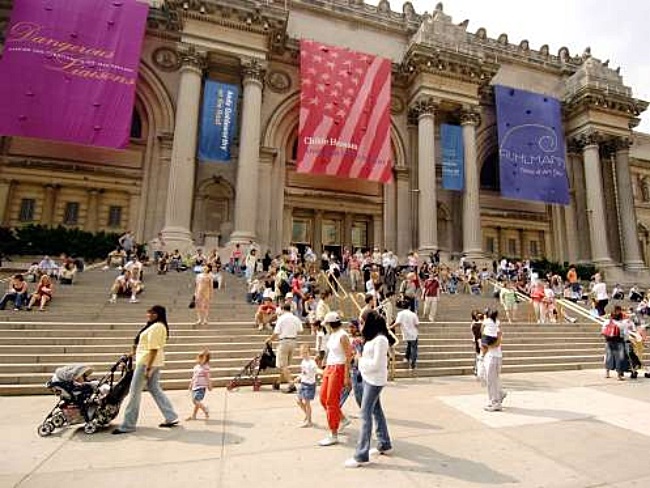
The Metropolitan Museum of Art, New York, NY
Some of the country’s most popular museums are taking a stand against selfie sticks, including the National Gallery, the Getty Center, the Dallas Museum of Art, the Rhode Island School of Design Museum, the Smithsonian, and the Metropolitan Museum of Art in New York City. These museums have all cited issues with selfie sticks causing injury to works of art or other museum patrons, but they haven’t gone for fully photography ban just yet.
Running of the Bulls, Pamplona
Running while selfie-ing is not safe, what’s more when running away from bulls. Authorities in Pamplona, the hosts of the annual Running of the Bulls, have imposed a no-selfie rule and are fining violators. A British man was fined about $4000 for taking a picture of himself participating in the run.
(Content and images source: MSN)

